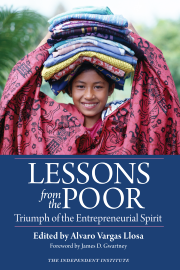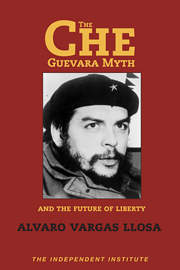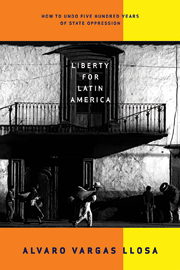Just when Argentine President Cristina Kirchner thought everything that could go wrong with her government had done so, she was diagnosed with a blood clot in her brain. She had to undergo emergency surgery and has now been ordered to rest—this just days before Sunday’s mid-term elections, which will finish off her chances of changing the constitution to allow her to run again in 2015.
As usually happens when a Peronista leader is in decline, dissidents have begun to challenge her, particularly Sergio Massa, whose list will almost certainly trounce the one led by a Kirchner stooge in the province of Buenos Aires, which accounts for almost 40 per cent of the national vote. The government will also lose in the key provinces of Santa Fe, Cordoba and Mendoza, plus the city of Buenos Aires itself. It will end up with far less than the two-thirds majority needed in Congress to overturn the constitutional term limits barring the president from a third consecutive term. This will accelerate the stampede we are beginning to see among Kirchner supporters and collaborators, and the infighting that has plagued the government.
This is the beginning of the end of the Kirchner socioeconomic model, the latest of many populist experiments in Argentine history. The model has forced the countryside to subsidize the cities, milking taxes out of the agricultural cow and dishing out all kinds of subsidies on voters. The prices of many goods and services are controlled. From time to time, private businesses have been nationalized or sold to presidential cronies under pressure, including threats, government-organized strikes and a constant barrage of vitriol aimed at private businesses. (A close circuit of businessmen are spared the indignity, except that the members tend to change from time to time.)
No wonder that public spending, which represented 35 per cent of GDP five years ago, now amounts to 46 per cent. Or that in order to fund the Kirchner model, the government had to take over private pensions, where domestic savings were concentrated, and the central bank’s reserves. Or that even more taxes were levied on farmers, those veritable heroes of the Argentina story, who have continued to be visionary, technologically advanced and productive against all odds. Half of last year’s fiscal deficit was funded with money from the nationalized pensions and the central bank’s reserves.
The consequences can be clearly seen: The Argentine economy will grow no more than 2 per cent this year, according to internal JP Morgan estimates, although official statistics, which have been denounced by the IMF, inflate the figures.
In order to try to stem the flight of capital and the loss of reserves, the government has established controls not seen in Latin America since Velasco Alvarado in Peru and Salvador Allende in Chile. At the airport, there have been times when dogs did not aim their noses at cocaine but at greenbacks, and businesses that need imports are obliged to export something to make up for the loss of foreign currency. This means that Porsche importers have been forced to sell wine and folks at BMW have had to sell rice. Needless to say, in this kind of climate, the government takeover of YPF, an affiliate of Spanish energy giant Repsol, was inevitable. It was the consequence of the havoc brought on by price controls.
In sum, Argentina has squandered the trillion dollars brought in by the agricultural commodities bonanza since Ms. Kirchner’s late husband, Nestor, came to power in 2003. The end of the Kirchner era in 2015 will not come a moment too soon.
What is not yet clear is what will replace it. The opposition spans a wide spectrum of movements and leaders that include dissident populists as well as more reasonable centre-left and centre-right figures who may not want to reform the foundations of the system for fear of alienating the masses. Meanwhile, the ones who have a much better understanding of what is really needed have not yet proven that they can make a difference at the ballot box.












